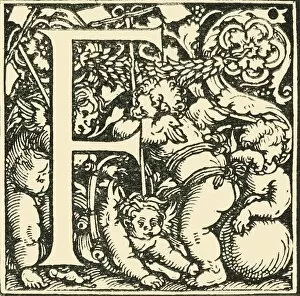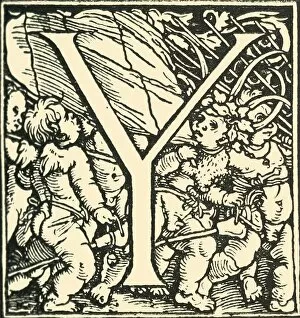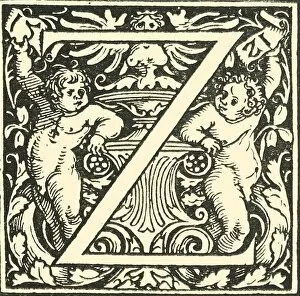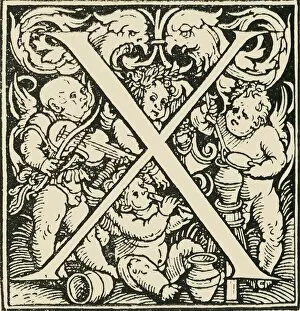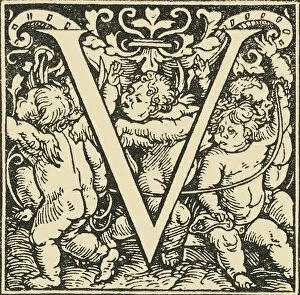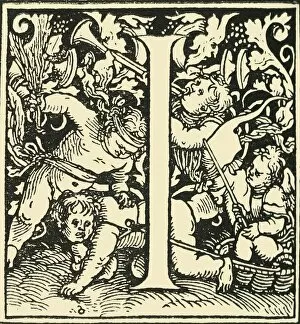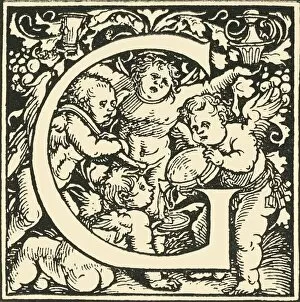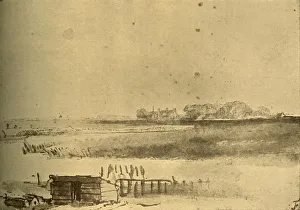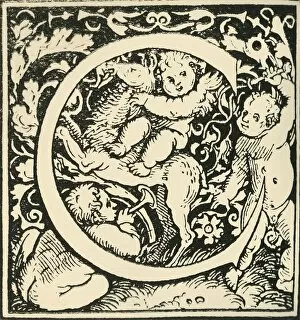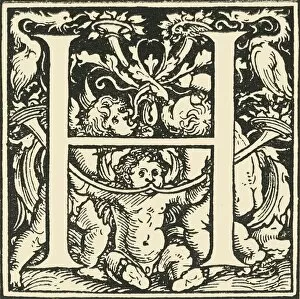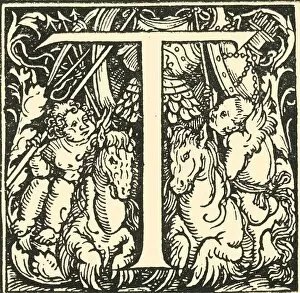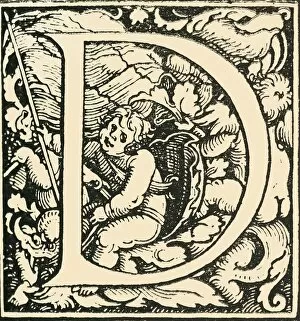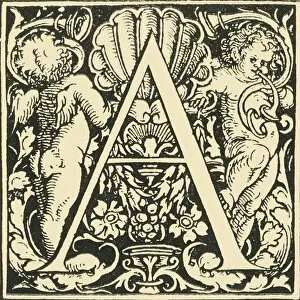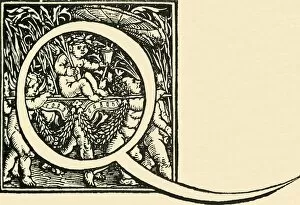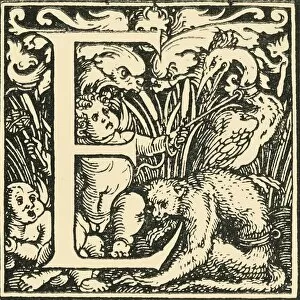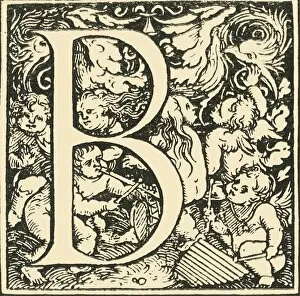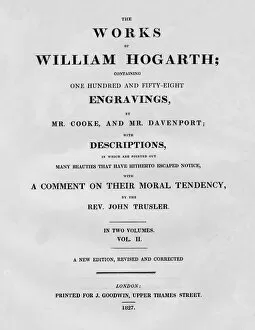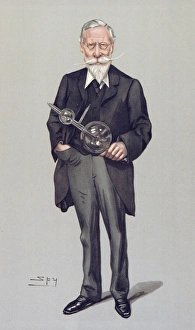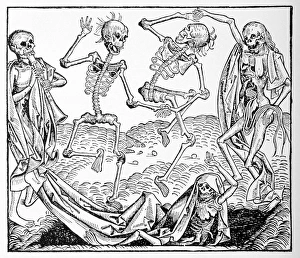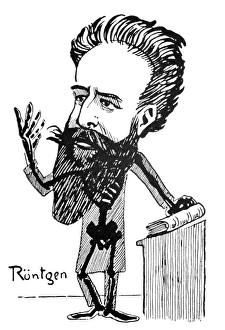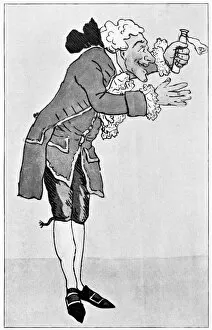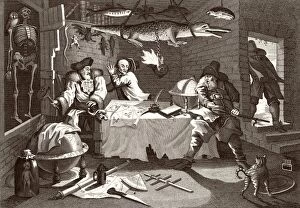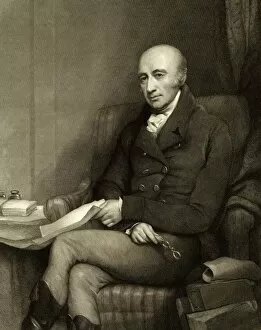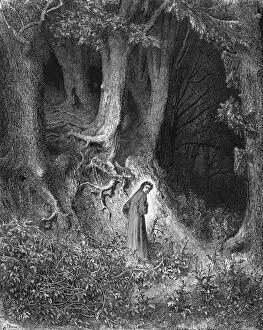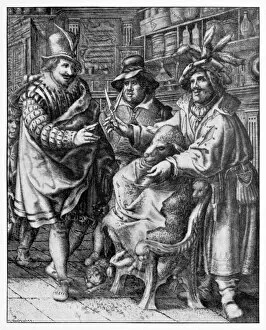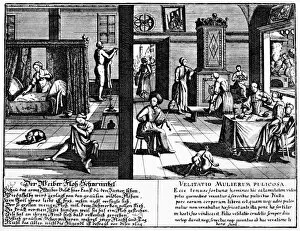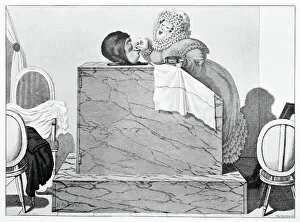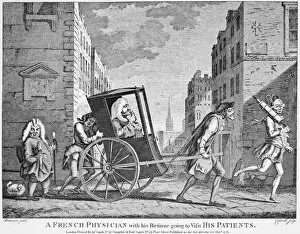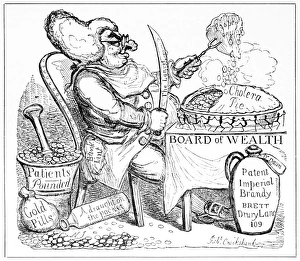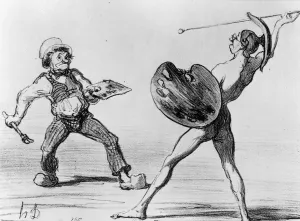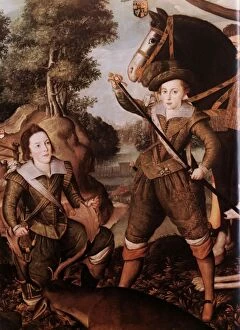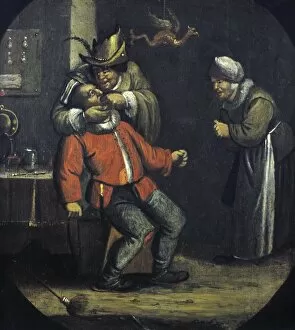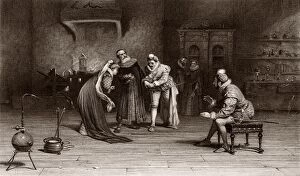Art History Collection (page 3)
"Journey through Art History: From Roman Mosaics to Satirical Artworks and Beyond" Step into the captivating world of art history
All Professionally Made to Order for Quick Shipping
"Journey through Art History: From Roman Mosaics to Satirical Artworks and Beyond" Step into the captivating world of art history, where each brushstroke and mosaic piece tells a story that transcends time. Let's embark on an enlightening adventure, starting with the mesmerizing Roman seafood mosaic. Delicate red mullets and ducks come to life in vibrant colors, showcasing the Romans' appreciation for culinary delights. As we delve deeper into history, we encounter intriguing characters like the enigmatic Count of St Germain, a French alchemist whose mysterious existence continues to bewilder us even today. Moving forward, a magnificent statue of Asclepius stands tall before us – a symbol of healing and medicine in ancient Rome. But it is not all beauty and serenity; art also reflects darker aspects of human existence. A haunting Roman memento mori mosaic reminds us of our mortality while urging us to seize every precious moment. Similarly, Dante's Inferno takes us on a harrowing journey through suicides and their torment by the Harpies – an artistic portrayal that provokes contemplation. Shifting gears towards satire, we encounter satirical artworks depicting plague doctors from the 17th century. These whimsical yet thought-provoking pieces shed light on society's response during times of crisis. Barber-surgeons also find themselves at the center stage in satirical artwork as they navigate between haircuts and medical procedures with comical flair. Art has always been intertwined with social commentary throughout history. A satirical depiction of a medical prescription serves as a reminder that even centuries ago, people had their fair share of skepticism towards healthcare practices. Finally, let's turn our attention to Georgiana, Duchess of Devonshire – an influential figure who left her mark not only through fashion but also political activism during the Georgian era. Her portrait captures both elegance and strength - embodying how art can immortalize powerful individuals who shape the course of history.

